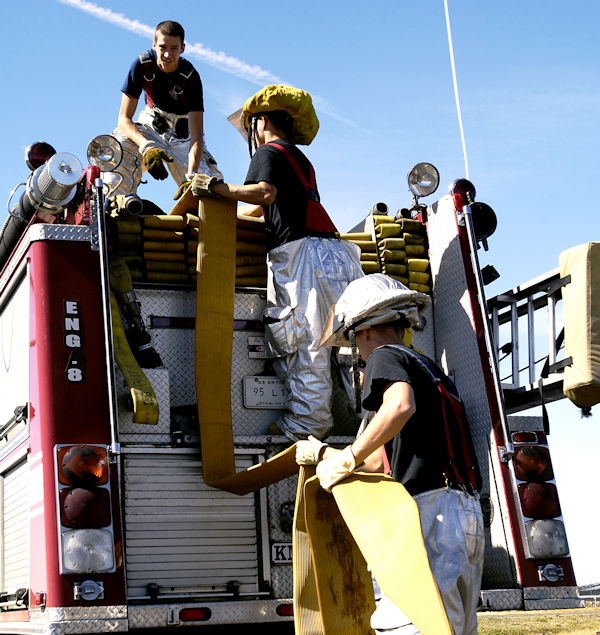Duration
Duration is a measure of length of time of exposure to a risk factor.
Of course, the assumption is that the longer the duration of exposure, the greater the risk of injury. Duration may be measured in seconds, minutes, hours, days, weeks, months, and even years.
When evaluating individual risk factors, it is important to take into account other factors such as the worker's physical conditioning, posture, force, weight, temperature, stress,etc. Duration of exposure is just one of the many factors that must be considered.
Recovery Time
Recovery time is a measure of the rest (or low stress activity) period available to the muscle group between similar exertions. Recovery time is important in preventing muscle fatigue because oxygen and metabolites are allowed to rejuvenate while uric acid and other waste products are removed from the muscle group. Recovery time needed will lengthen as the duration of the task increases.
Taking time to recover after physical activity is crucial for preventing muscle fatigue. During this recovery period, the muscles are able to replenish oxygen and metabolites, while eliminating waste products such as uric acid. The amount of recovery time required will increase as the length of the physical activity becomes longer.
Knowledge Check Choose the best answer for the question.
3-7. Recovery time needed will _______ as the duration of the task increases.
You forgot to answer the question!

